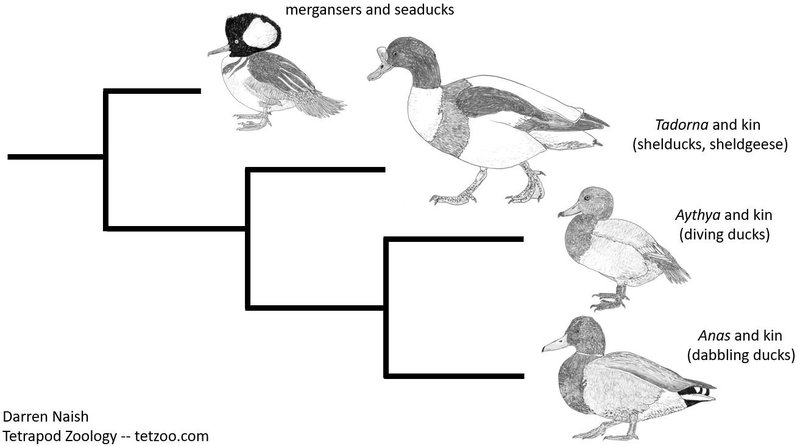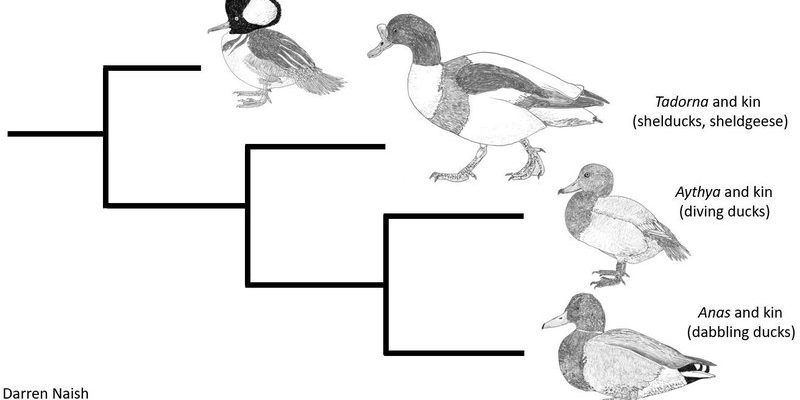
Let’s take a moment to dive into how this fascinating creature evolved and became a beloved part of both farms and backyards around the world. It’s like tracing the family tree of a quirky relative that you never knew was related to royalty! From its origins in South America to its current status in many countries, the Muscovy duck has quite a tale to tell, and you’re going to want to hear every bit of it.
Origins of the Muscovy Duck
The story of the Muscovy duck begins in the wilds of South America, particularly in regions like the Amazon basin. Scientifically known as *Cairina moschata*, these ducks are believed to have descended from a wild ancestor long before they were domesticated. Imagine a lush forest where these birds thrived, swimming peacefully in ponds and feasting on insects and plants. They were perfectly adapted to their environment, sporting a unique set of features that helped them survive.
Over time, early humans came across these ducks and saw their potential. Unlike many domestic ducks, Muscovy ducks are known for their calm temperament and ability to thrive on little care. It wasn’t long before people began to domesticate them. They were raised not just for their meat and eggs but also for pest control on farms. Here’s the thing: Muscovy ducks are natural foragers, meaning they love to eat bugs, which makes them invaluable in agricultural settings.
Spread Across the Globe
As word about the Muscovy duck spread, so did its population. European explorers and traders stumbled upon this unique bird during their voyages in the 15th and 16th centuries. They brought it back to Europe, where it quickly gained popularity. You might think of this as the Muscovy duck’s big debut, kind of like a celebrity hitting the red carpet for the first time!
Once in Europe, the Muscovy duck caught the attention of farmers and households alike. Recognizing the bird’s versatility, people began raising them not only for their delicious meat but also for pest control. Farms across the continent started to include them, integrating them into daily life. They became a staple on many European farms, proving that sometimes the best things come from unexpected places.
Domestic Versus Wild Muscovy Ducks
You might be wondering what sets domestic Muscovy ducks apart from their wild relatives. While both share the same lineage, domesticated Muscovy ducks have been selectively bred for certain traits. They tend to be larger, with variations in color and size, while wild Muscovy ducks typically maintain a more uniform appearance.
Wild Muscovy ducks are known for their adaptability and can often be seen in urban areas, taking advantage of the resources cities have to offer. In contrast, domestic Muscovy ducks rely heavily on humans for food and shelter. It’s like having a pet that’s perfectly comfortable on its own but thrives in your home with a little extra help.
In terms of behavior, domestic Muscovy ducks are generally more social and friendly. They’ve been raised in environments that encourage interaction with humans, making them great companions on farms or in backyards. Meanwhile, wild Muscovy ducks can be more skittish and elusive, preferring to keep their distance from humans.
Physical Characteristics
When it comes to looks, Muscovy ducks really stand out. They feature a distinctive red facial caruncle — those fleshy, bumpy growths that hang around their eyes and beak, which is a hallmark of the breed. This unique feature varies widely in size and prominence among individuals. Honestly, it’s what makes them look like the quirky characters they are!
In terms of coloring, domestic Muscovy ducks come in various shades, including glossy black, white, and even chocolate. Their feathers are often iridescent, shimmering in the light and drawing eyes wherever they go. Wild Muscovy ducks are primarily black and white, with less variation, which reflects their need to blend into natural surroundings for survival.
Beyond their striking appearance, these birds are also quite robust. An adult can weigh anywhere from 6 to 12 pounds, making them larger than many other domestic ducks. This size makes them particularly prized in culinary settings, especially in places where duck meat is a delicacy.
Cultural Significance
The Muscovy duck has woven itself into the cultural fabric of many societies around the world. In various countries, these ducks symbolize prosperity and are often associated with rural life. For example, in parts of South America, they are celebrated during festivals and local events. This connection to cultural practices showcases the bond between humans and these unique birds.
In some Asian cultures, Muscovy ducks are also featured in traditional dishes. These ducks are prized for their rich meat and flavorful eggs, often seen gracing the tables during special occasions or family gatherings. They’ve crossed oceans and cultures, showcasing their versatility and importance in different culinary traditions.
In North America, Muscovy ducks have become popular among backyard poultry enthusiasts. They’re seen as great additions to homesteads, offering not just companionship but also pest control and fresh eggs. Their adaptability and laid-back nature make them appealing for families looking to embrace a bit of farm life.
Conservation and Challenges
With their rise in popularity, it’s essential to address some of the challenges that Muscovy ducks face today. As domestic animals, they are generally less threatened than their wild counterparts. However, habitat loss and hunting can impact wild populations. It’s crucial for us to recognize the importance of conservation efforts to protect their natural environments.
Additionally, domesticated Muscovy ducks are sometimes viewed as invasive species in locations outside their native range. This can lead to debates about their management and the implications for local ecosystems. Understanding the balance between appreciating these ducks and protecting native wildlife is a delicate task that requires thoughtful solutions.
On the brighter side, many organizations are dedicated to raising awareness about these unique birds and promoting responsible practices for keeping them as pets. The more we learn about Muscovy ducks, the better equipped we are to ensure their future.
Raising Muscovy Ducks Today
If you’re considering adding a Muscovy duck to your family, you’re in for a treat! These birds are relatively easy to care for and make wonderful pets. They adapt well to various environments, whether it’s a spacious farm or a smaller backyard. Here’s what to keep in mind when raising Muscovy ducks:
- Space: Provide plenty of room for them to roam. Muscovy ducks love to explore, so a safe, secure outdoor area is essential.
- Diet: They thrive on a balanced diet that includes grains, greens, and insects. Their natural foraging habits make them excellent pest controllers!
- Water: Access to clean water is vital for their health. They love to swim, which also helps with their feather maintenance.
- Social Needs: Muscovy ducks are social creatures, so consider getting more than one. They’ll be happier together!
When raised properly, Muscovy ducks can live for several years, providing companionship and joy to their owners. They have a knack for winning hearts with their quirky personalities and unique looks.
In closing, the Muscovy duck is much more than just a farm animal. Its rich history and cultural significance remind us of the intricate relationships we share with the natural world. As you think about these fascinating birds, consider how they’ve adapted and evolved over time — much like us, they’re a product of their environment, shaped by both nature and nurture. Whether you’re a farmer or simply someone who appreciates these unique creatures, there’s no denying the charm of the Muscovy duck.

